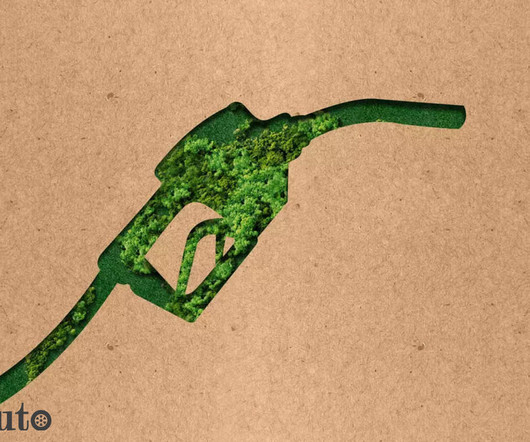ICCT: available low-carbon fuels can reduce CI of on-road transportation fuels in Pacific Coast region by 14%–21% by 2030
Green Car Congress
JANUARY 23, 2015
Fuel carbon intensity reduction from 2015-2030 from fuel deployment scenarios for the Pacific Coast region. The conclusions are based on a detailed modeling study of low-carbon fuel technologies and production pathways, estimating the future availability of low carbon fuels given policy incentives to supply them in the Pacific Coast region.







































Let's personalize your content